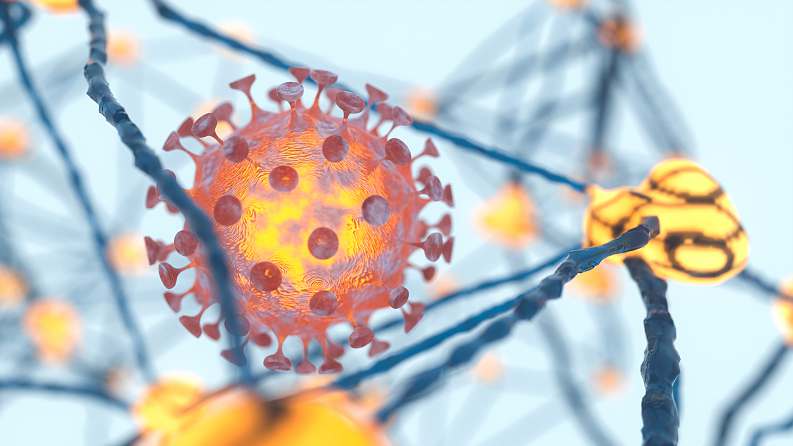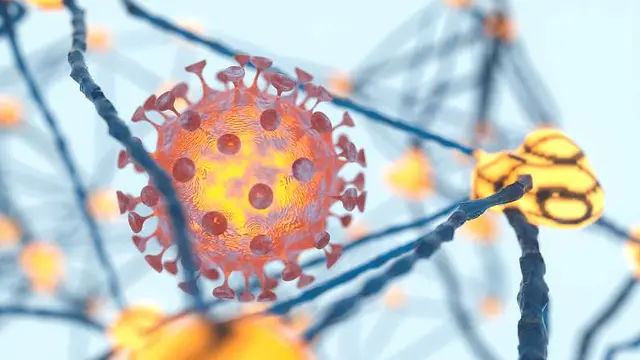
New study suggests an ancient coronavirus epidemic had spread for decades in East Asia. /CFP
A new study suggests an ancient coronavirus epidemic had spread for decades in East Asia, New York Times reported on Thursday.
Researchers found that ancient viral epidemics can be identified through adaptation in host genomes as the viruses can make a large amount of changes in the human genome. The study was published on Thursday in the journal Current Biology.
David Enard, an evolutionary biologist at the University of Arizona who led the study, and his colleagues looked for a key unique gene combination for coronavirus by comparing the DNA of thousands of people across 26 different populations around the world.
The scientists found that 42 of the genes of East Asia populations had a dominant version, indicating that people in East Asia had adapted to an ancient coronavirus.
In addition, such changes have been limited to the region.
"When we compared them with populations around the world, we couldn't find the signal," said Yassine Souilmi, a postdoctoral researcher at the University of Adelaide in Australia and a co-author of the new study.
The researchers also found the 42 genes owned about the same amount of mutations, which means they had all evolved at about the same time.
The study estimated the genes evolved antiviral mutations between 20,000 and 25,000 ago, most likely over the course of a few centuries.
Another researcher Aida Andres, an evolutionary geneticist at the University College London who was not involved in the new study, said the study was compelling, but it's not possible yet to make a firm estimated time of when the epidemic happened.
Souilmi suggested 42 genes are worth studying for the scientists who try to find a cure for the new coronavirus.
Before this new study, scientists have been unable to trace the family of the coronaviruses back very far into history.
There are three coronaviruses, including COVID-19, SARS, and MERS, in the pathogen family that has been found adapted to infect human and cause severe respiratory disease over the past two decades. While there are four other coronaviruses that can infect people but the symptoms could be just mild colds.
The most recent mild coronaviruses crossed the species barrier in the 1950s, as the oldest one dated back to 820 years ago.
 简体中文
简体中文







